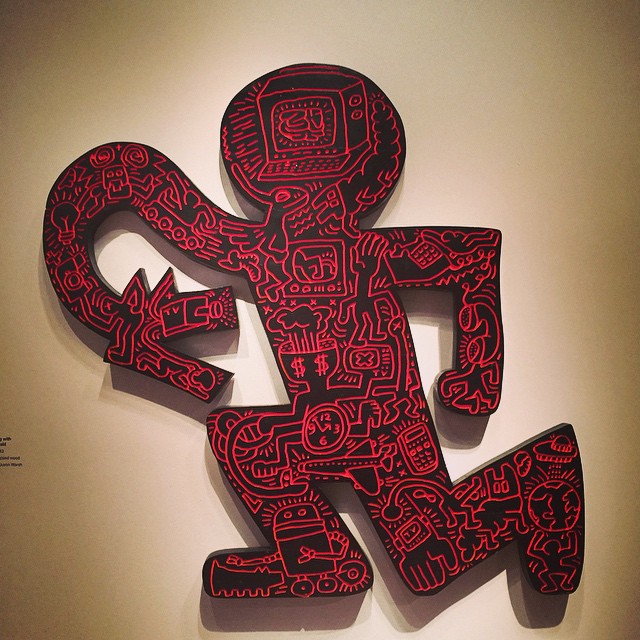Learning outcomes and materials

Student Learning Outcomes:
1. Be familiar with basic drawing techniques.
2. Be able to use drafting tools to create artwork.
3. Thoughtfully utilize the elements and principles of art and design.
4. Apply working knowledge of successful compositions.
5. Create observational and creative assignments.
6. Learn visual problem solving.
7. Have a fundamental understanding of perspective, proportion, and measuring.
8. Illustrate the illusion of space and volume.
9. Observe objects/environments and reproduce that vision onto paper.
10. Develop a visual and verbal vocabulary used to articulate your work and contemporary art and practices.
Course expectations:
You will need at least six hours outside of regular scheduled class time to work on your projects.
Course requirements:
Attend local art centric events such as art openings, panel discussions, art performances, art lectures, open studios, theatre performances, poetry readings, visit museums, galleries, and art centers. Attending events or visiting local facilities extends your education beyond campus and will prepare you for real world work and engagement. Online lectures and presentations are useful and equally valid but attend as many in person opportunities as possible.
Media used in this course:
Charcoal
Conté
Scratchboard or white on black paper
India ink
Pastel
Graphite
oil pastel
Archival marker or micron
Techniques covered:
Blending stump
Shammy
Stippling
Graphite transfer
enlarging from photo/grid
ELEMENTS of DESIGN:
Line
Shape
Texture
Value
Color

